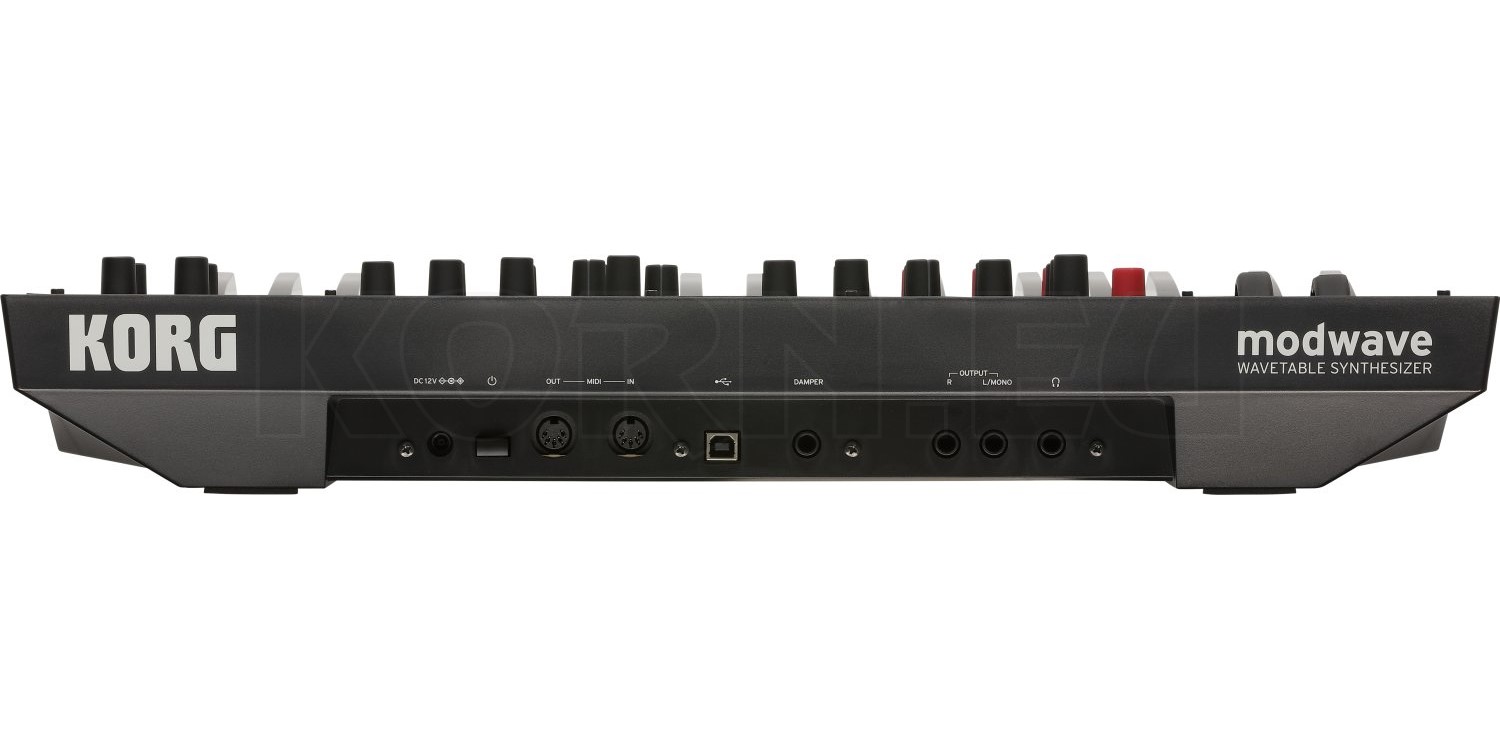
However, this synth can also be extremely frustrating to use, so I've gathered together a bunch of tips to help you get the most out of it. To this day it can produce sounds that are almost impossible to recreate on any other instrument, and if you like evolving pad sounds then there's no doubt in my mind that you should have at least one Korg Wavestation in your sonic arsenal. While it can produce plenty of high-quality 'bread and butter' sounds like strings, brass, guitars, and basses, its wave sequencing allows a single Wavestation note to play back a slowly changing kaleidoscope of different timbres that can evolve over several minutes, or rapidly output a string of short sounds such as a complete drum riff, melody, or arpeggiated note cluster, all under complete user control.

When I first tried one out, I was amazed at what it could do, and just had to track one down for myself. Korg Wavestation.Although long out of production, and with secondhand models still changing hands for fairly modest sums, the Wavestation has nevertheless gathered a dedicated cult following over the years, due to its unique architecture and sound possibilities. Although Korg bowed to consumer pressure and added these to the Wavestation EX about eighteen months later, and included them in the subsequent A/D and SR rack modules in 19 respectively, the range never sold in huge numbers. When Korg first introduced their ground-breaking Wavestation keyboard in 1990, it was greeted with huge enthusiasm by most reviewers, but wasn't a great commercial success, largely due to its lack of built-in piano and drum sounds.

Hands-on advice for getting the best from Korg's Wavestation series of synths.


 0 kommentar(er)
0 kommentar(er)
